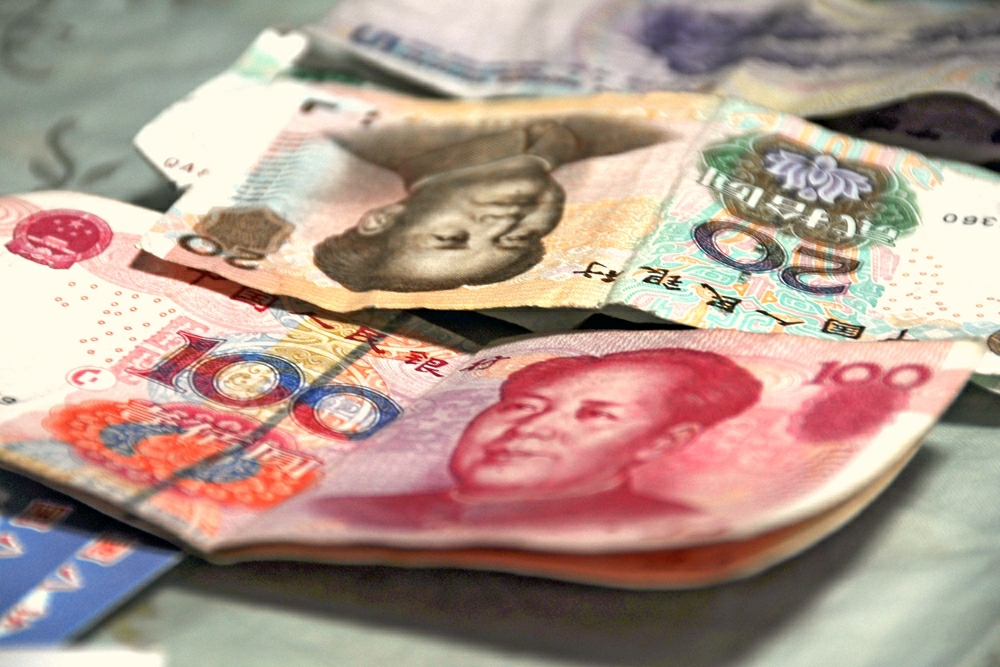The heavily indebted solar project business of Chinese polysilicon producer GCL-Poly is set to realize a RMB2 billion ($304 million) windfall through the long-mooted sale of 18 solar farms with a total generation capacity of around 430 MW.
Shareholders in GCL New Energy and its GCL-Poly parent will be asked to vote on a proposal to sell the projects to two investment funds owned by state-owned electric utility China Huaneng and public peer the Industrial and Commercial Bank of China.
GCL New Energy today said net receipts of RMB2 billion would amount to a RMB183 million net loss on the project sales, based on their book value, but added it and its parent had invested a total RMB1.83 billion into the facilities.
The sale price has been pegged at RMB667 million for solar projects owed RMB1.13 billion in state subsidies. The project companies being sold owe a net RMB970 million in payments to GCL New Energy and must also settle RMB310 million in dividends upon receipt of the overdue subsidies as well as an additional RMB68 million dividend, adding up to the estimated net cash generation of RMB2 billion.
GCL New Energy said the proposed project sale would remove RMB2.04 billion of liabilities from its books, some RMB621 million of which is due for settlement within a year.
Details of the shareholder votes necessary to approve the deal have been promised by February 28.
The RMB2 billion windfall will be put towards the RMB7.16 billion GCL New Energy owes in bank loans by June 30. The company said at the end of June this year, it had a further RMB8.37 billion due to creditors by that date.
This content is protected by copyright and may not be reused. If you want to cooperate with us and would like to reuse some of our content, please contact: editors@pv-magazine.com.




By submitting this form you agree to pv magazine using your data for the purposes of publishing your comment.
Your personal data will only be disclosed or otherwise transmitted to third parties for the purposes of spam filtering or if this is necessary for technical maintenance of the website. Any other transfer to third parties will not take place unless this is justified on the basis of applicable data protection regulations or if pv magazine is legally obliged to do so.
You may revoke this consent at any time with effect for the future, in which case your personal data will be deleted immediately. Otherwise, your data will be deleted if pv magazine has processed your request or the purpose of data storage is fulfilled.
Further information on data privacy can be found in our Data Protection Policy.